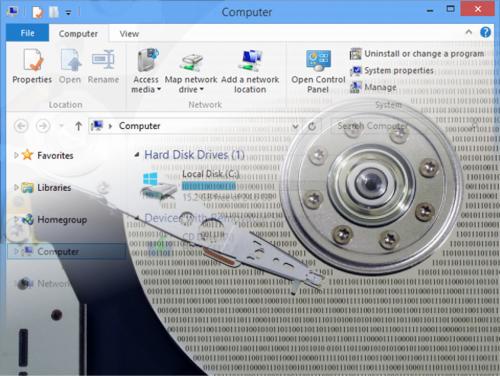
If you live in an area that has power problems, (i.e. - brownouts, spikes, outages, or lightning) then you may have already experienced what these conditions can do to your electronics. Items with AC motors are especially affected by brown outs, items like Air Conditioners, Refrigerators or Dryers and Washing Machines should be disabled from starting when the AC is not coming in at full strength, or you run the risk of burning contacts in the motor and other issues. For your home electronic devices like Stereos, TVs and Computer equipment, (etc.) you should be using a surge protector, which carries a rating of X joules of protection. Something to keep in mind is that these are NOT the same as power taps, and they don't last forever.
Power strips frequently come with on/off switches which is convenient, and may be equipped with a breaker as well, but these do not provide any more protection from spikes than the outlet you're plugged into. They come in a variety of shapes and sizes to accommodate your needs, but unless it says on them somewhere (typically the back of the unit) that there is protection built in, you are NOT protected from lightning or power fluctuations. Surges and spikes can damage or kill fragile electronics, so if you want to protect your investment, you should be sure to buy a surge protector.
Surge Protectors are designed to trap the excessive voltage that occurs due to power spikes. Spikes that occur for a over a period of time activates a special trapping circuit (not present on power taps), called a Metal Oxide Varistor or MOV. The MOV diverts surges, but will wear out with use. With each surge, the MOVs life span shortens, so following a severe electrical issue, you should consider replacement. While a surge protector fails, it can actually start a fire, due to heat buildup within the MOV. Even though surge protectors may continue to function as a power strip, surge trap mechanism may have been destroyed by the power spike. This presents two possible dangers:
Regardless, you should keep in mind that surge protectors REQUIRE Grounding, and that they WILL degrade over time, and need replacement, about as frequently as you experience power problems. DO NOT BYPASS the grounding of the unit with an 2-prong to 3-prong adapter.
Both before use and on a regular basis, you should visually inspect your surge protectors or power strips to ensure that they are not showing signs of wear or damage. During your inspection, ensure that the plug each is inserted all the way into its outlet. Both surge protector or power strips should always have either a polarized plug with one of the blades being larger then the other one OR a three-prong grounded plug. Surge protectors or power strips should have a cord of no more than 6 feet in length. Lastly, to prolong the life of your surge protector, when the unit is not in use, unplug the cord from the power source, saving wear and tear on the MOV.
- All Rights Reserved. Feel free to print with this footer and share it personally with your friends. Commercial reprint available, with permission.